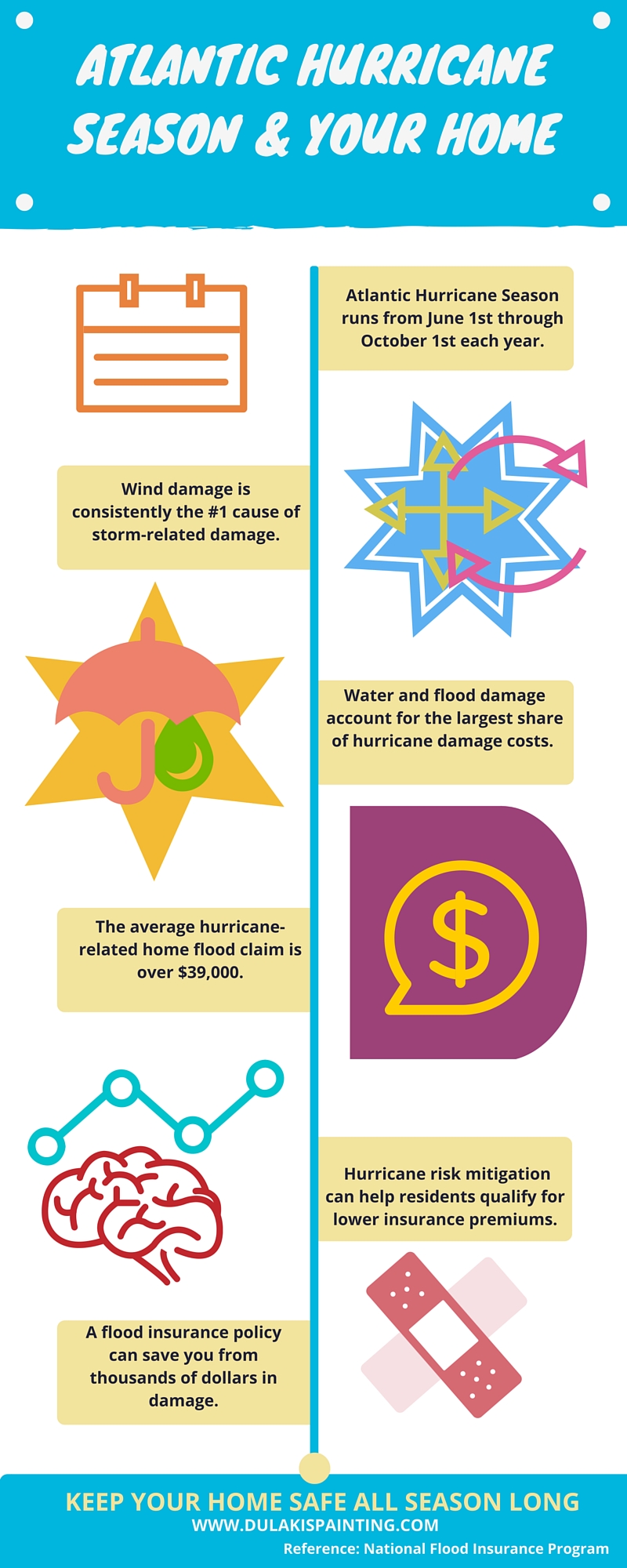Discover Exactly How Seasonal Impacts Can Impact The Effectiveness Of Industrial Outside Paint And Figure Out One Of The Most Beneficial Times To Ensure Long Lasting Outcomes For Your Task
Discover Exactly How Seasonal Impacts Can Impact The Effectiveness Of Industrial Outside Paint And Figure Out One Of The Most Beneficial Times To Ensure Long Lasting Outcomes For Your Task
Blog Article
Article Created By-Leach Rodriquez
When you're planning an industrial outside painting project, seasonal aspects can make or break your outcomes. You'll want to consider exactly how temperature and humidity influence paint application and drying out times. Choosing the right season can ensure your paint adheres effectively and lasts longer. Yet which periods are really the most effective for this type of work? Let's explore the key elements that can influence your project's success.
The Impact of Temperature Level on Paint Application
When you're intending a commercial outside paint project, the temperature can significantly impact just how well the paint adheres and dries out.
Ideally, you want to paint when temperatures vary in between 50 ° F and 85 ° F. If it's as well cold, the paint may not cure effectively, leading to issues like peeling or fracturing.
On the other hand, if it's as well hot, the paint can dry out also rapidly, preventing correct adhesion and leading to an unequal finish.
You must additionally take into consideration the time of day; morning or late afternoon provides cooler temperature levels, which can be more beneficial.
Always inspect the supplier's referrals for the specific paint you're utilizing, as they often supply advice on the perfect temperature level variety for ideal outcomes.
Moisture and Its Effect on Drying Times
Temperature isn't the only environmental variable that influences your industrial exterior paint task; moisture plays a significant duty also. High humidity levels can slow down drying out times substantially, impacting the overall top quality of your paint task.
When the air is saturated with moisture, the paint takes longer to cure, which can cause concerns like poor adhesion and a higher danger of mold development. If minneapolis painters on a specifically humid day, be gotten ready for extensive wait times in between layers.
It's important to keep an eye on regional climate condition and plan as necessary. Preferably, go for humidity degrees between 40% and 70% for ideal drying.
Keeping these factors in mind ensures your project stays on track and supplies an enduring finish.
Best Seasons for Commercial Exterior Painting Projects
What's the best time of year for your industrial outside painting tasks?
Read Far more and very early fall are usually your best bets. Throughout these periods, temperatures are moderate, and humidity degrees are frequently reduced, producing suitable problems for paint application and drying.
Stay clear of summertime's intense heat, which can trigger paint to dry also quickly, resulting in poor bond and coating. Likewise, winter's cool temperature levels can prevent proper drying out and curing, running the risk of the longevity of your paint job.
Aim for days with temperature levels in between 50 ° F and 85 ° F for optimum outcomes. Keep in mind to examine the neighborhood weather report for rain, as damp problems can spoil your project.
Planning around these factors ensures your paint job runs efficiently and lasts much longer.
Verdict
Finally, preparing your industrial external paint tasks around seasonal considerations can make a considerable distinction in the result. By scheduling job during the suitable temperature levels and humidity levels, you'll make certain far better adhesion and drying out times. Bear in mind to keep an eye on local weather prediction and pick the right time of year-- spring and early loss are your best choices. Taking these steps will certainly aid you accomplish a resilient and specialist surface that lasts.
